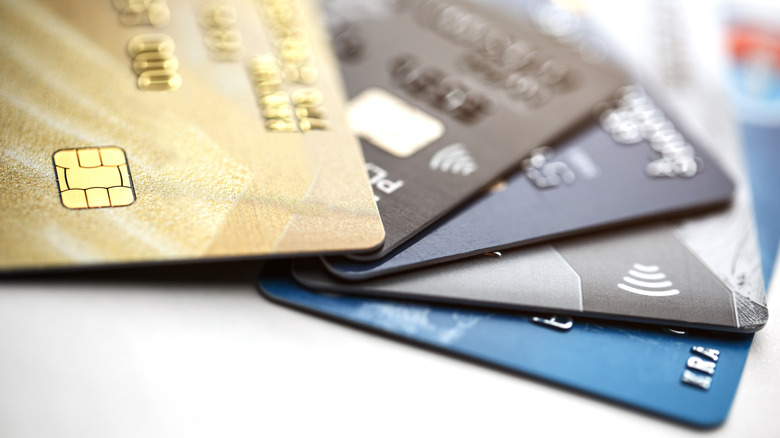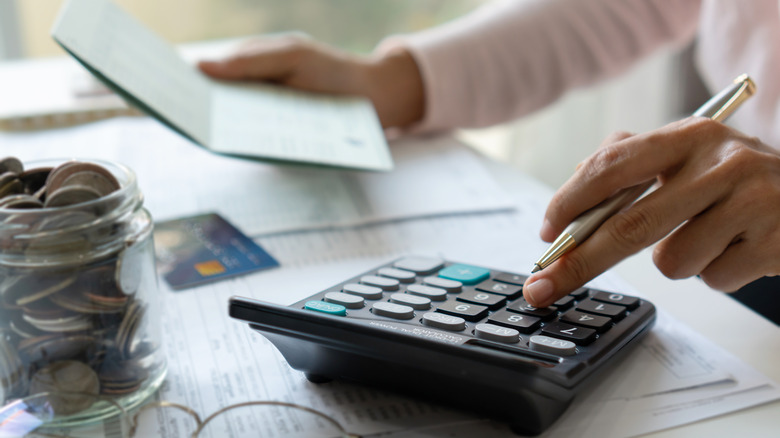How To Finally Tackle Your Credit Card Debt


If given the choice, it’s likely that people would rather wrestle a bear than sit down and come up with a plan to finally tackle their credit card debt. According to a 2020 report from CreditCards.com, nearly half (47%) of Americans are now carrying some form of credit card debt. Millennials, in particular, have had a tough time tackling their debt, as they face hurdles like unemployment, lack of savings, and two recessions that have taken place during their career spans.
Before tackling your debt, you must first sit down and fully assess your financial situation. According to Credit Karma, you can accomplish this by creating a list of everything you owe, which should include all of your credit card debt and monthly bills. This list of the debts you owe should include the balance and annual percentage rate, or the price you’re charged to borrow the money, for each and every credit card. After making that list, you will be able to compare your debt and monthly expenses — like rent, a mortgage, car payments, and grocery bills — with your income. This will allow you to figure out how much money you can allocate to paying off your debts each month.
Once you know exactly what you owe, you can try a payoff strategy that works for you.
There are multiple strategies for tackling credit card debt

Whenever possible, pay more than the minimum payment on your cards. This is what Lynnette Khalfani-Cox, the author of “Zero Debt: The Ultimate Guide to Financial Freedom,” did over the course of three years. At the end of those three years, she ended up paying off an impressive $100,000 in credit card debt. “That was a debt trap and part of why I stayed in debt so long,” Khalfani-Cox told CNBC. “Once I started making two and three times the minimum payments required, I was able to more quickly chip away at those bills.”
Experian also suggests that if paying off multiple accounts is beyond your means, then paying off one credit card at a time could also work to tackle your credit card debt. If you can, pay more than the minimum on the account with the highest interest in order to cut that debt more quickly. When it’s paid off, go to the next highest debt, only this time, pay the minimum (or more), plus what you were paying on the card you just paid off. This will eliminate that debt even faster.
Applying for a debt consolidation loan may be a way to attain a lower interest rate that can make paying off your debt in bulk easier. Paying off your debt in bulk is also possible by applying for a balance transfer card, which allows you to transfer your debt from one card to another with a lower interest rate and better benefits.
No matter which option you decide to pursue, finally tackling your credit card debt will benefit your financial situation for years to come.
Source: Read Full Article